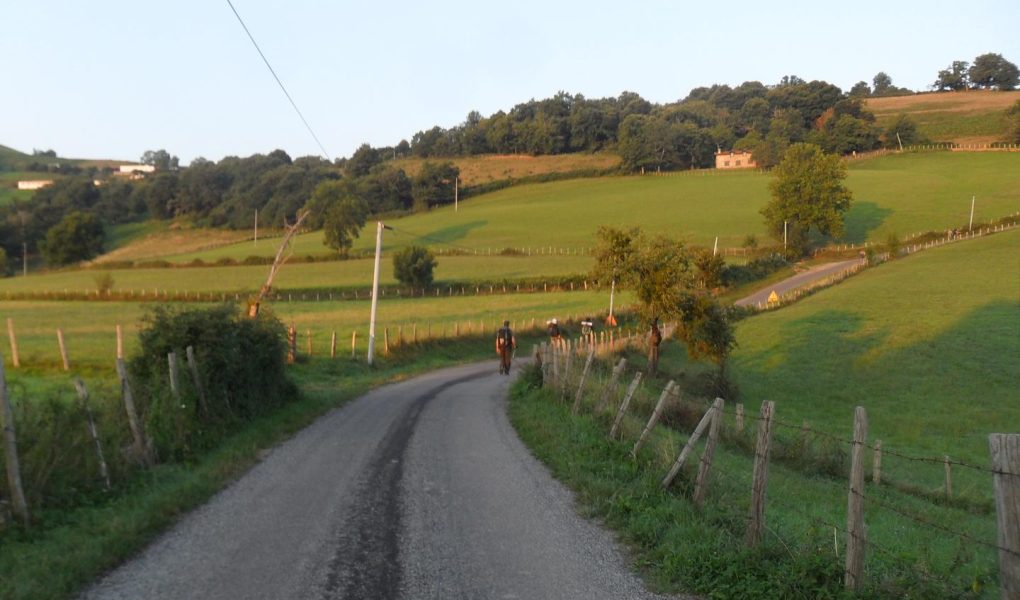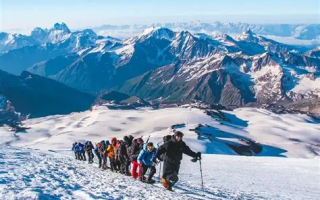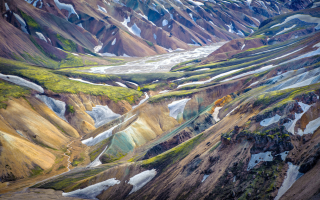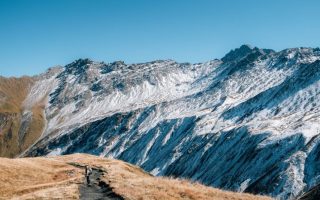Following the Guidance of the Scallop Shell
The Camino de Santiago is not a single path, but a network. Among its routes, the French Way stands as the most iconic and popular. This nearly 800-kilometre journey from the foothills of the Pyrenees to Santiago in Spain’s northwest transcends mere walking; it is an inner voyage of exploration, reflection, and discovery.
The Route’s Soul: Daily Life on the French Way
Starting Point: Typically begins at Saint-Jean-Pied-de-Port on the French border.
Daily Rhythm: Pilgrims lead simple, regimented lives: setting off at dawn, following the eternal scallop shells and yellow arrows, resting in villages at midday, and arriving at shelters by evening.
Destination: Santiago de Compostela Cathedral, where witnessing the massive swinging censer during mass marks the journey’s most awe-inspiring conclusion.
Total distance: Approximately 780 kilometres (full French Way).
Difficulty: ★★★☆☆ The lengthy distance tests endurance, though the route itself presents no significant technical challenges.
The unique charm of the pilgrimage route
Pilgrim’s passport: Collecting stamps at hostels, bars, and churches along the way creates a treasured record of the journey and serves as proof to obtain the final “Compostela” certificate.
International Community: Encounter pilgrims from across the globe, sharing stories and offering encouragement along the way, forging fleeting yet profound friendships.
Inner Reflection: The extended walk provides exceptional time for meditation. Many journey here seeking answers, bidding farewell to the past, or simply to be.
Northern Spain’s Charms: Traverse La Rioja’s vineyards, Castile’s wheat fields, and Galicia’s verdant woodlands, savouring authentic cuisine and fine wines.
Practical Information & Tips
Best Season: Spring (April–June) and autumn (September–October), avoiding summer’s heat and crowds.
Accommodation: Public or private hostels along the route form the heart of the pilgrimage experience. They are inexpensive but require early arrival.
Equipment: Lightweight is key. A rucksack weighing no more than 10% of your body weight and a pair of well-broken-in shoes are all you need.
Mindset: Do not rush. Listen to your body and savour the journey itself. Even walking just the final 100 kilometres earns you a certificate.
The pilgrimage route’s charm lies in each journey being uniquely personal. Whatever brings you here—faith, adventure, or uncertainty—this path will provide the answers you seek. It teaches letting go, perseverance, and gratitude. Ultreia! (An ancient pilgrim’s rallying cry meaning ‘Onward!’)



